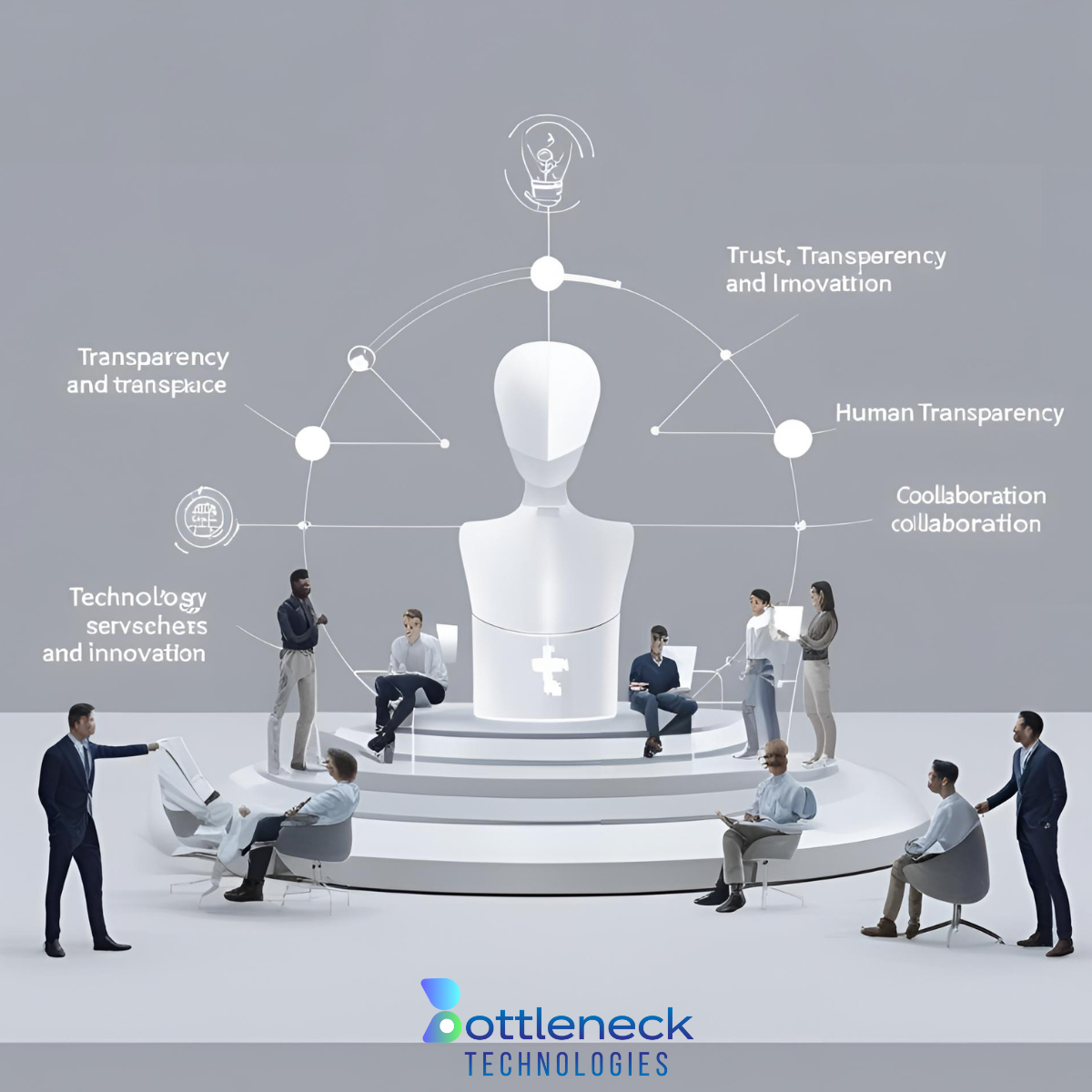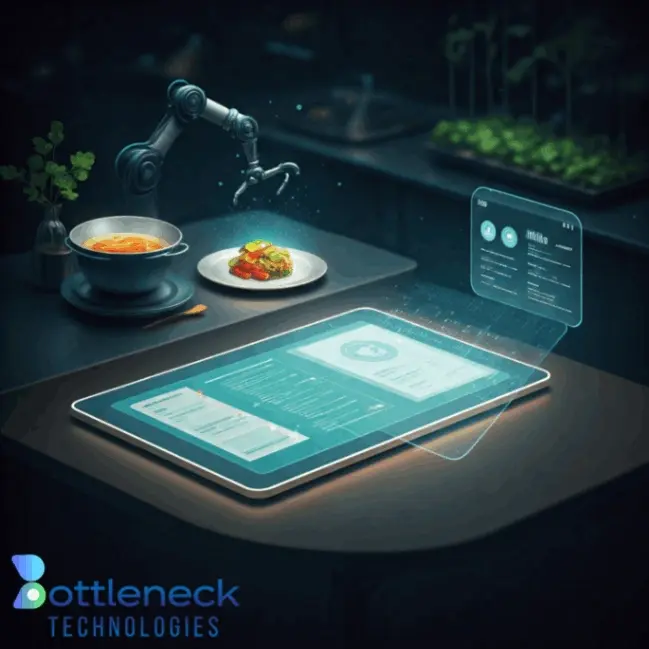The Role of Technology in Revitalizing Connecticut’s Manufacturing Sector
The Role of Technology in Revitalizing Connecticut’s Manufacturing Sector
October 30, 2024

Connecticut’s manufacturing sector, once a cornerstone of the state’s economy, has faced significant challenges in recent decades. However, a technological revolution is underway, offering a promising path to revitalization. By embracing digital transformation and leveraging advanced technologies, Connecticut’s manufacturers can enhance productivity, improve quality, and compete effectively in the global marketplace.
The State of Connecticut’s Manufacturing Sector
Connecticut’s manufacturing sector contributes significantly to the state’s GDP and provides employment opportunities for thousands of residents. However, the sector has faced challenges such as rising costs, global competition, and an aging workforce. To address these challenges and drive growth, manufacturers must adopt innovative technologies and embrace digital transformation.
The Power of Technology
Technology can be a powerful tool for revitalizing Connecticut’s manufacturing sector. By implementing digital solutions, manufacturers can streamline operations, reduce costs, and improve product quality. Some key areas where technology can make a significant impact include:
Machine Learning and Predictive Analytics
Machine learning algorithms can analyze vast amounts of data to identify patterns and trends, enabling manufacturers to optimize production processes, predict equipment failures, and reduce downtime. For example, a manufacturer could use machine learning to predict the optimal maintenance schedule for their machinery, minimizing unexpected breakdowns and maximizing productivity.
Internet of Things (IoT)
IoT devices can collect real-time data from various sources, such as sensors, machines, and supply chains. This data can be analyzed to gain valuable insights into production processes, identify bottlenecks, and improve efficiency. For instance, a manufacturer could use IoT sensors to monitor the temperature and humidity levels in their warehouses, ensuring optimal storage conditions for their products.
Automation and Robotics
Automation and robotics can automate repetitive and dangerous tasks, freeing up workers to focus on more complex and value-added activities. This can lead to increased productivity, improved quality, and reduced labor costs. For example, a manufacturer could use robotic arms to assemble products with precision, reducing the risk of human error and improving product quality.
Cloud Computing
Cloud-based solutions can provide manufacturers with scalable and cost-effective access to computing resources, data storage, and software applications. This can help manufacturers reduce IT costs, improve collaboration, and accelerate innovation. For example, a manufacturer could use cloud-based software to design and simulate new products, reducing development time and costs.
Cybersecurity
As manufacturers increasingly rely on technology, cybersecurity becomes a critical concern. Strong cybersecurity measures are essential to protect sensitive data and prevent cyberattacks. Manufacturers should implement robust cybersecurity practices, such as firewalls, intrusion detection systems, and employee training, to safeguard their operations.
Conclusion
By embracing technology, Connecticut’s manufacturing sector can overcome challenges, drive innovation, and create new opportunities. By investing in digital transformation solutions, manufacturers can modernize their operations, improve efficiency, and enhance their competitiveness in the global marketplace. By working together, manufacturers, policymakers, and educators can ensure that Connecticut remains a leader in manufacturing for years to come.





